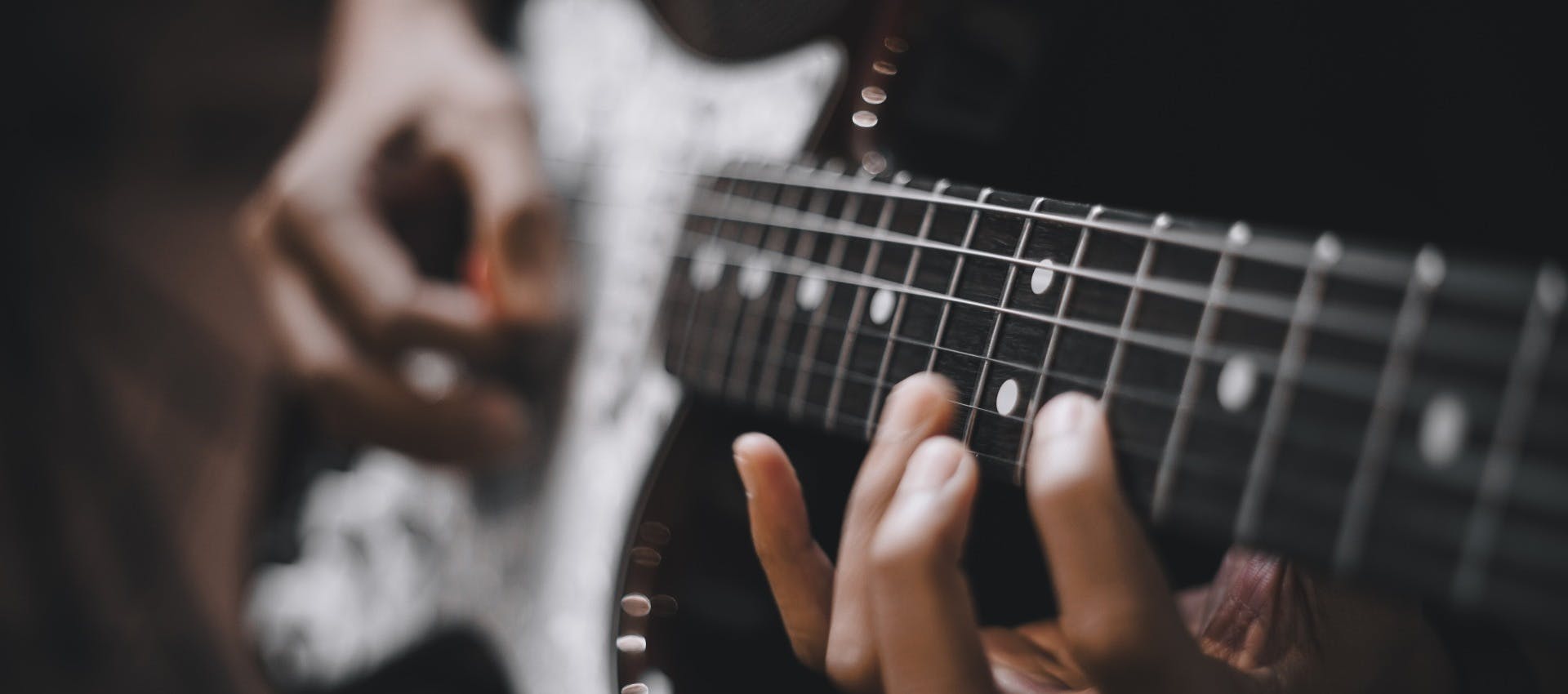
The Power of Musical Sequences
What is a sequence? Google AI tells us the following: ”In music, a sequence is the restatement of a musical idea, like a motif or phrase, at a different pitch level.”
Getting started with scale sequences
Scale 'fragments'
We could take a short sequence of notes within a scale, for the sake of simplicity, lets just use numbers to represent steps of a 7 note scale, 1 through to 7. What scale you ask? You choose! I suggest picking up a nearby guitar and trying the following sequence out. 1 2 3 1 If you play this with the Major Scale, its sure to sound very familiar. This is a short 4 note sequence, I like to call this a fragment. This Fragment can be repeated, the rhythm can be changed, and we can even displace notes using octaves if we wish. On the Guitar we could experiment with articulating this sequence of notes in different fingerings or using different techniques. For example, you could bend from the 2 to the 3 before returning to the 1.
Melodic sequences
Most melodies are based around short sequences like this. Often the sequence will start on, circle or target a specific note, often within the space of a Triad. For example, the sequence “1 2 3 1” could be said to highlight the “1”, this could be the root note of the chord we’re playing over. Alternatively, we could derive fragments to to embellish the 3rd: 1 2 1 3
Moving sequences around the fretboard
A profitable way to spend time on the Guitar is to take a fragment like this and move it through a scale and around the neck in different ways. You’ll find different sequences will test your fretboard knowledge and technique. Practicing these sequences gets different permutations of fragment ‘melodies’ into your fingers, which is great for music making in general. Guthrie Govan is a master at this, not only does he seem to have a lot of melodic sequence vocabulary, but he has a strong rhythmic vocabulary to go with it. Anyway, I digress..
Here’s how our 1 2 1 3 sequence would look going through a scale:
We would start with 1 2 1 3 and then start the fragment again from the 2nd degree of the scale like so:
1 2 1 3 - 2 3 2 4 - etc
Becoming a scholar of Sequences
The classical guitar approach to sequences
There are a few doorways into sequences, the first one is the classical guitar method way, simply choosing short fragments that move up and down in 3, 4, 5 or 6 notes, moving these through scales. We’ve all perhaps played this classic sequence through a scale:
1 2 3 - 2 3 4 - 3 4 5 - etc
Further use of sequences in Jazz and Classical music
One of the many reasons Musicians love Classical Music is a lot of it leans on sequence development, taking short motifs moving them through a progression or through a line or arpeggio. JS Bach’s Cello Suits include some beautifully imaginative sequences that provide a treasure trove of Melodic information that would take a life time to pick through. Often just taking a measure of one of these suites and picking apart the sequences and harmony can lead to tons of ideas.
A lot of the early Jazz/Bebop Musicians were dead keen on doing this, using Sequences in their improvisation, taking them around, through, under and over different chord progressions. It could be said that this influence of Classical Music became the foundation for Jazz/Bebop vocabulary.
I hope you check out some Classical or Bebop music, listen out for the sequences, pick a few up and move them about! If this isn’t for you however, no hope has been lost. You can do this with your favourite licks and melodies from your favourite artists, even a short melody from a TV advert , Phone Hold “Musak”, an Alarm on a Truck or Bird Song outside could inspire a new sequence. Its not fantasy to say that music is quite literally everywhere if we listen.
Creating your own sequences
Another approach I suggest is to simply create your own sequences, experiment with them, make them your own. Take other ones apart, combine 2 fragments into a longer lick, then change the rhythm, leave spaces, mess with the articulation, fretboard position. I don’t know! Get creative! There’s a lot to be done and time spent with any one fragment isn’t time wasted, its a valuable exploration that will add to your melodic tool kit and develop your fretboard knowledge and technique.
So there we have it, an introduction to the power of sequences and their ability to literally reshape the way you approach, use and memorise scales on the guitar.
Have fun fellow Fretboard Explorer!
